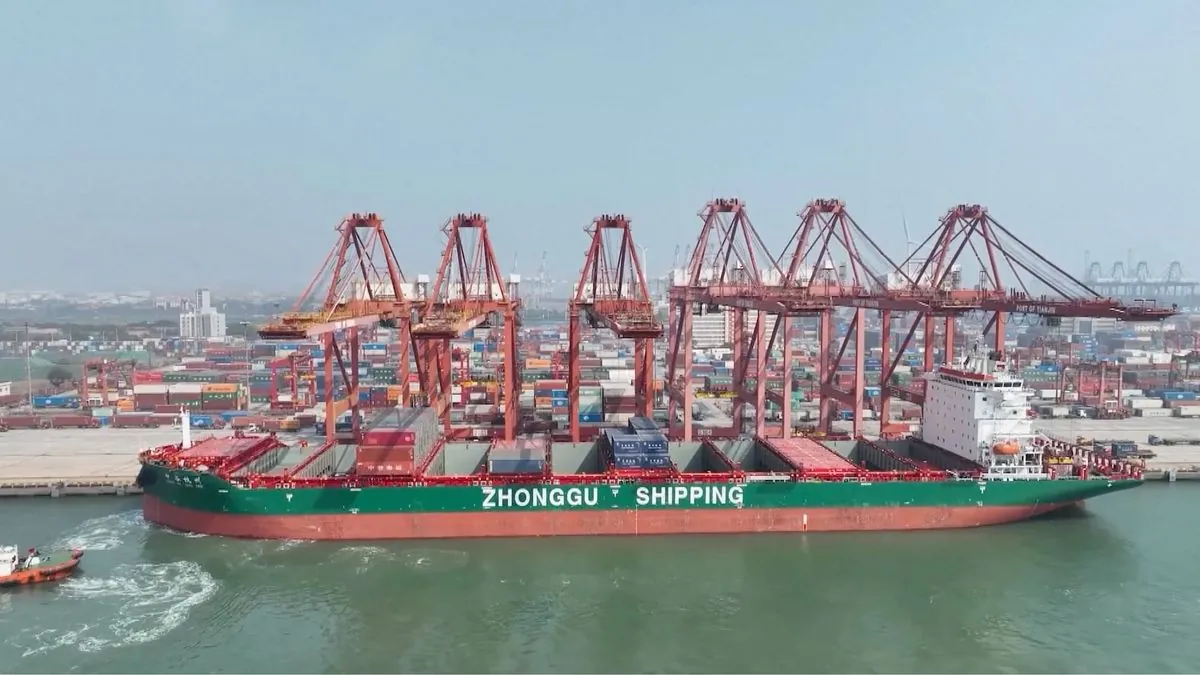China's export performance in July 2024 fell short of expectations, with a 7% year-on-year increase, reflecting the impact of global economic challenges. This growth rate, while positive, underscores the ongoing pressures faced by the world's largest exporter since 2009.
China's trade data, a key indicator of global economic health, revealed a mixed picture. Imports showed a more robust growth of 7.2%, reaching $215.9 billion. This uptick was primarily driven by increased trade with other Asian nations, which have become crucial suppliers of industrial components and consumer goods to China.
The trade landscape highlighted shifting patterns, with exports to Southeast Asian countries, now Beijing's largest trading partner, surging by 11%. In contrast, shipments to the United States saw a modest 2.4% increase. These figures reflect China's ongoing efforts to diversify its trading partners, a strategy that has included expanding connections in Africa and Latin America.
The electric vehicle sector emerged as a bright spot, with exports rising 18% in the first seven months of 2024 compared to the same period in 2023. This growth underscores China's position as the world's largest manufacturer and exporter of electric vehicles. However, the sector faces challenges with impending tariff increases in the US and Europe.
China's trade surplus for July stood at $84.7 billion, a decrease from the record $99.1 billion in June. Despite this monthly decline, the January-July period saw an 8% increase in the trade surplus compared to the previous year.
The Chinese government's response to these economic headwinds has been multifaceted. Increased investment in manufacturing aims to stimulate an economy still recovering from the pandemic's impact. Additionally, efforts to support consumer demand and revitalize the property sector are expected to boost import volumes in the coming months.
As China navigates these economic challenges, its trade policies continue to evolve. The country has established numerous free trade zones and is actively promoting the internationalization of its currency in trade settlements. These strategies, along with initiatives like the Belt and Road, launched in 2013, demonstrate China's commitment to enhancing its global trade position.
The coming months will be crucial for China's export sector, particularly as it faces potential headwinds from tariff changes and global economic uncertainties. However, with its robust manufacturing base and strategic trade initiatives, China remains a pivotal player in the international trade arena.
"We expect import volumes to rise further in the coming months. The leadership appears more worried about the near-term outlook compared to a few months ago, and has signaled a step-up in fiscal spending. This is likely to boost construction activity, driving up demand for industrial commodities."
As the global economy continues to evolve, China's trade performance will remain a critical factor in shaping international economic dynamics.
